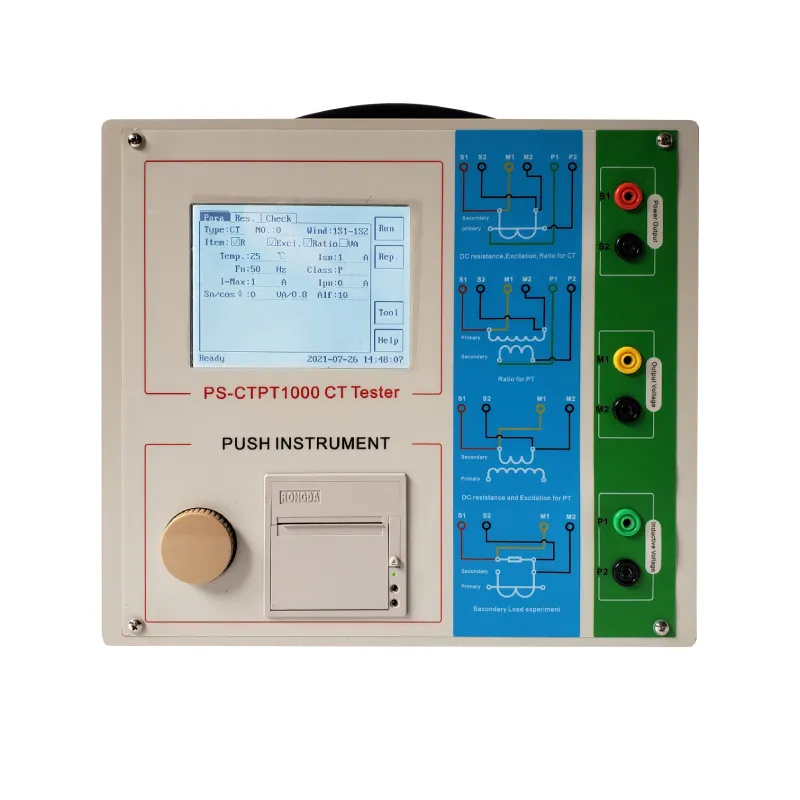 English
English


Optimizing Oil and Gas Mixtures for Accurate Testing and Efficiency in Energy Production Techniques
The Importance of Oil and Gas Mix Testing
In the ever-evolving energy sector, the extraction and processing of oil and gas have become increasingly sophisticated. Key to this process is the need for precise testing methods that ensure safety, efficiency, and environmental compliance. One such method is the oil and gas mix tester, a valuable tool in the industry that plays a critical role in optimizing production and minimizing risks.
Understanding Oil and Gas Mix Testing
Oil and gas mix testing involves analyzing the composition and characteristics of hydrocarbon mixtures. This process is essential for various reasons, including determining the quality of crude oil, ensuring the right blending of materials for refined products, and optimizing the operational efficiency of both upstream and downstream processes.
The mix tester provides detailed insights into various parameters such as viscosity, density, and the presence of impurities within hydrocarbon mixtures. By accurately assessing these properties, companies can make informed decisions regarding processing methods, blending ratios, and even pricing in the market.
The Role of Oil and Gas Mix Testers
Oil and gas mix testers are sophisticated devices designed to analyze samples taken from wells, pipelines, and refineries. They utilize advanced technologies such as chromatography, mass spectrometry, and spectroscopy to deliver rapid and precise results. Modern testers are equipped with automated features that streamline the testing process, reducing the time and manpower required for analysis.
One of the critical roles of these testers is to identify the various components of a hydrocarbon mixture. For instance, in crude oil, it’s important to distinguish between lighter and heavier fractions to maximize yields from distillation processes. Similarly, in natural gas, it’s vital to measure the amounts of methane, ethane, and other gases to ensure the effective operation of production facilities.
oil gas mix tester

Enhancing Safety and Environmental Compliance
In an industry where safety and environmental concerns are paramount, mix testing helps mitigate risks. By identifying harmful impurities such as hydrogen sulfide or carbon dioxide within gas mixtures, companies can take necessary precautions to protect workers and minimize environmental impact. Additionally, understanding the exact composition of gases can aid in emission control, ensuring compliance with environmental regulations and standards.
The data obtained from oil and gas mix testing also enhances operational safety. In operational settings, knowing the exact properties of the mixture can help in the design of safer and more efficient equipment, reducing the likelihood of leaks, explosions, or other hazardous incidents.
Economic Implications
From an economic perspective, oil and gas mix testing can significantly impact profitability. By ensuring that the mixtures are optimized for processing and refining, companies can enhance their yield and reduce waste. Moreover, accurate assessments of product quality can also influence market pricing and consumer demand.
As the global energy market continues to fluctuate, understanding the intricacies of hydrocarbon compositions will be vital for maintaining competitive advantage. Companies equipped with advanced mix testing capabilities will not only be able to respond swiftly to market changes but also drive innovations in product development and processing techniques.
Conclusion
In summary, oil and gas mix testing is an indispensable part of the energy sector that plays a crucial role in enhancing safety, efficiency, and profitability. As technologies advance and the industry faces new challenges, the importance of accurate testing methods cannot be overstated. Investing in reliable oil and gas mix testers will equip companies with the insights needed to navigate the complexities of hydrocarbon production and ensure a sustainable energy future.
-
Differences between open cup flash point tester and closed cup flash point testerNewsOct.31,2024
-
The Reliable Load Tap ChangerNewsOct.23,2024
-
The Essential Guide to Hipot TestersNewsOct.23,2024
-
The Digital Insulation TesterNewsOct.23,2024
-
The Best Earth Loop Impedance Tester for SaleNewsOct.23,2024
-
Tan Delta Tester--The Essential Tool for Electrical Insulation TestingNewsOct.23,2024





